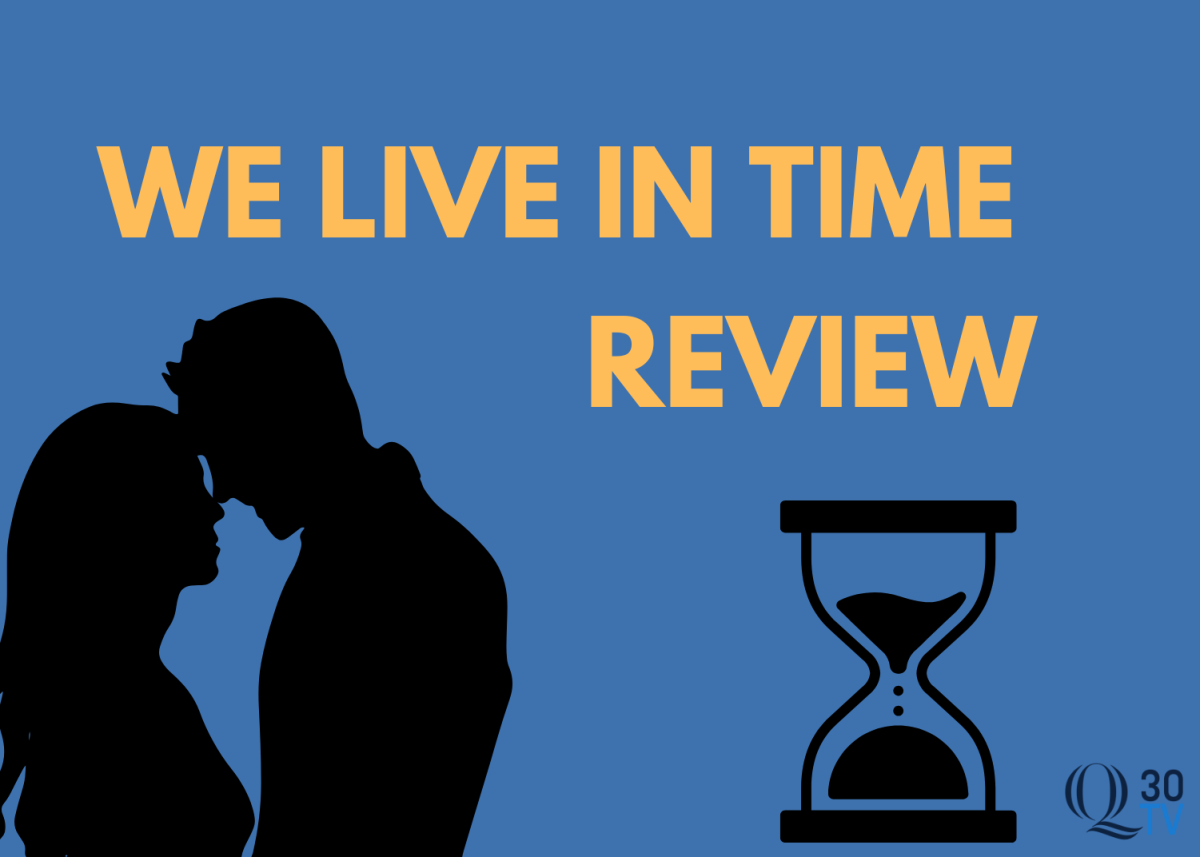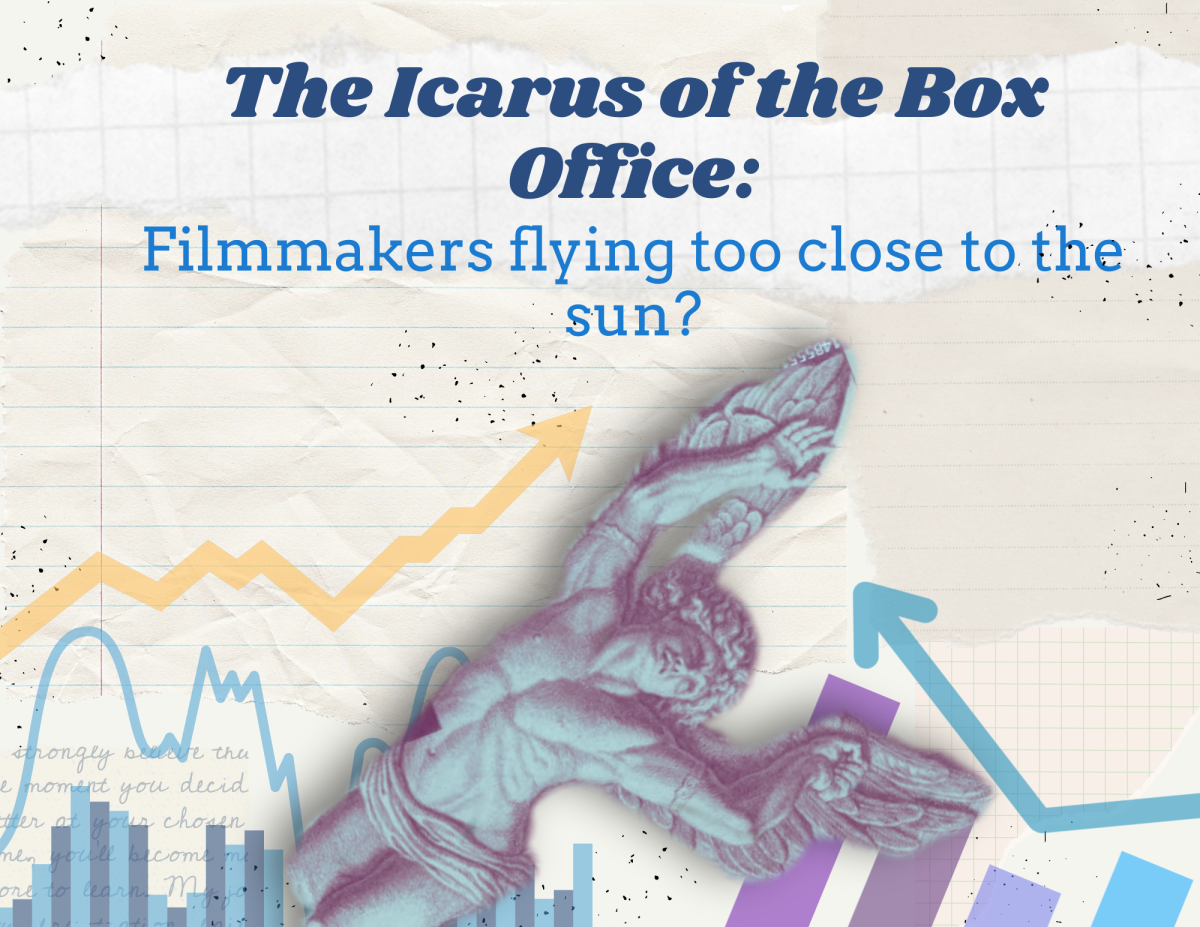“Kaleidoscope”: Netflix’s New Hit Show or Failed Experiment?
February 6, 2023
Creator: Eric Garcia
Starring: Giancarlo Esposito, Paz Vega, Rosaline Elbay, Jai Courtney, and many more.
Rating: 4/5
Netflix’s new show “Kaleidoscope” raises a unique question: can a story still be good if it can be told out of order?
“Kaleidoscope” tells the story of an unlikely team of criminals pulling off a major heist in New York City. The series consists of eight episodes each named after a different color. However, the show is based on an interesting premise: besides the final episode “White”, the episodes are designed to be watched in any order. This allows for over 5,000 sequences and combinations to watch the show.
This premise works because of the show’s narrative structure. Each episode takes place at a different point in the time surrounding the heist: “Green” occurs seven years before the heist, “Pink” occurs six months after the heist, and so on. Each episode reveals key information about the heist, important revelations of relationships between characters, and more. Then, all the storylines and information are combined into the final episode “White” showing the heist itself and answering questions that the previous episodes raised.
This new experimental method creates a unique viewing experience. Each episode essentially needs to operate as a pilot episode, introducing each character and storyline to new viewers. However, each episode also must operate as an engaging, informative, and rewarding episode for viewers who have already watched others. The show strikes this balance surprisingly well. Many episodes also end with cliffhangers, but unlike many shows, those cliffhangers are often not addressed in the next episode you watch.
Your viewing order will certainly affect your view on aspects of the story. For instance, I found the FBI storyline anchored by Niousha Noor’s Nazan Abassi underdeveloped and uninteresting; however, my randomly generated viewing order had the FBI-centered episode seventh. Contrastingly, my first few episodes focused more on Peter Mark Kendall’s Stan Loomis and so I was much more interested in his character. Because of this, viewers may have differing opinions on the quality of the show and the choices the characters make.
While the viewing order affects perceived quality, some episodes are better than others; certain episodes certainly have more substance and plot development than others. The “Violet” episode tells a surprisingly deep, emotional story with a full arc and self-contained plot. Taking place 24 years before the heist, the earliest episode in the “Kaleidoscope” timeline, “Violet” essentially serves as a prologue to the show that could easily be viewed as a stand-alone project. Additionally, the “Pink” episode, taking place nine months after the heist, provides fascinating character work and a platform for Jai Courtney to shine. Contrastingly, some episodes fail to leave a heavy impact. “Red” is too short to have much of an impact and “Blue” seems like filler and an exposition machine.
Ultimately, the show is held together by strong performances and an engaging mystery and storyline. Giancarlo Esposito proves once again that he is a true professional, portraying strength with emotional undertones expertly throughout. Rosaline Elbay, Peter Mark Kendall, and Rufus Sewell all pop on the screen in complicated roles. The heist storyline, while not revolutionary, leaves enough twists and turns for viewers to stay engaged.
Through “Kaleidoscope”, Netflix proves that effective storytelling is possible even with a noteworthy presentation. However, it remains to be seen if this experimental method will apply to shows outside of the heist genre. Nevertheless, Netflix should continue experimenting to add some novelty and uniqueness to its increasingly overstuffed library.
Follow @GlodMason
Follow @Q30Entertain







